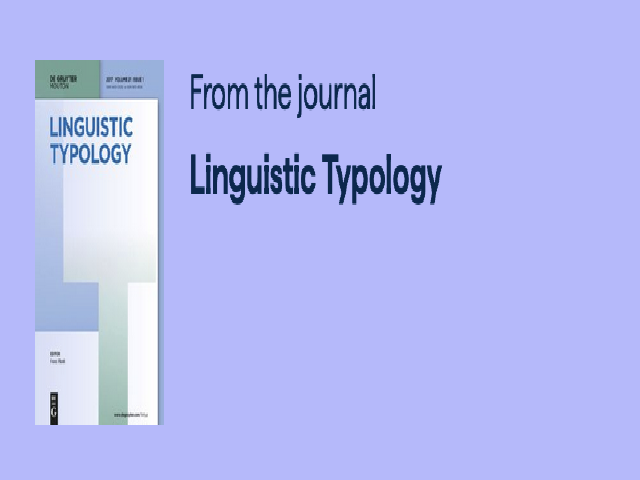Different models, different assumptions, different findings.

Authors:
Citation:
Details:
Published: 7 July, 2025.
Download:
Abstract:
We are the authors of Shcherbakova et al. (2022). We welcome Becker and Guzmán Naranjo (2025) (henceforth B&GN)’s initiative to re-visit our findings. However, we find the framing of their paper misleading. While replication has been defined in many different ways (Clemens 2017: 333), the most common interpretation is that it involves reassessing a specific hypothesis with new data and the same methods (e.g. Minocher et al. 2021; National Academies of Sciences, Engineering, and Medicine 2019). Using the same data and different methods is commonly referred to as ‘robustness analysis’ (see Gollwitzer 2020). This distinction is important: differences in methods carry with them differences in the assumptions and hypotheses that are being tested. In this case, B&GN’s addition of a spatial term brings a different theoretical understanding of the processes involved, and switches from co-evolutionary analysis to correlational analysis. This has implications for our understanding of the causation. We argue that the differences in methods between our study and that of B&GN are significant and that these differences are not adequately addressed in their paper.
Related links / Media:
Nothing found.